If you keep up with the blog, you may have seen our post earlier this week where the design team took on questions from our Instagram followers. One question revolved around selection process, and what comes first…paint? Furnishings? There is no one-size-fits-all answer, but for us, the rug is often number one.
Why? Well, first off, a rug defines and anchors your space. Its placement is going to dictate where your furnishings go. In most rooms, it will see a lot of footfalls. And of everything in your home that is not nailed down, it is one of the most tedious elements to replace.
So, if a rug is your first selection, where and how to narrow down which rug? Today, we’re focused on materials. (Stay tuned later in the week for tips on sizing.) Rugs fall into two major material categories: natural fiber or synthetic.
Natural Fiber
In our book, natural fiber rugs rule. Wool. Sisal. Jute. These are the workhorses of the rug and carpet domains. Why? Natural fibers are inherently stain and static resistant, hypoallergenic, and provide maximum durability and longevity. Synthetic rugs are made to mimic the properties of these natural fibers — with varying degrees of success — so whenever possible, we say go with the original!
Wool
Wool is nearly always our top choice for a single rug. Nothing beats the strength and soft hand of 100% wool. A well-made wool rug will maintain its pile quality for years, and bounce back easily from furniture compression. Its durability in the face of heavy foot traffic is unmatched. Bonus points for being environmentally friendly!
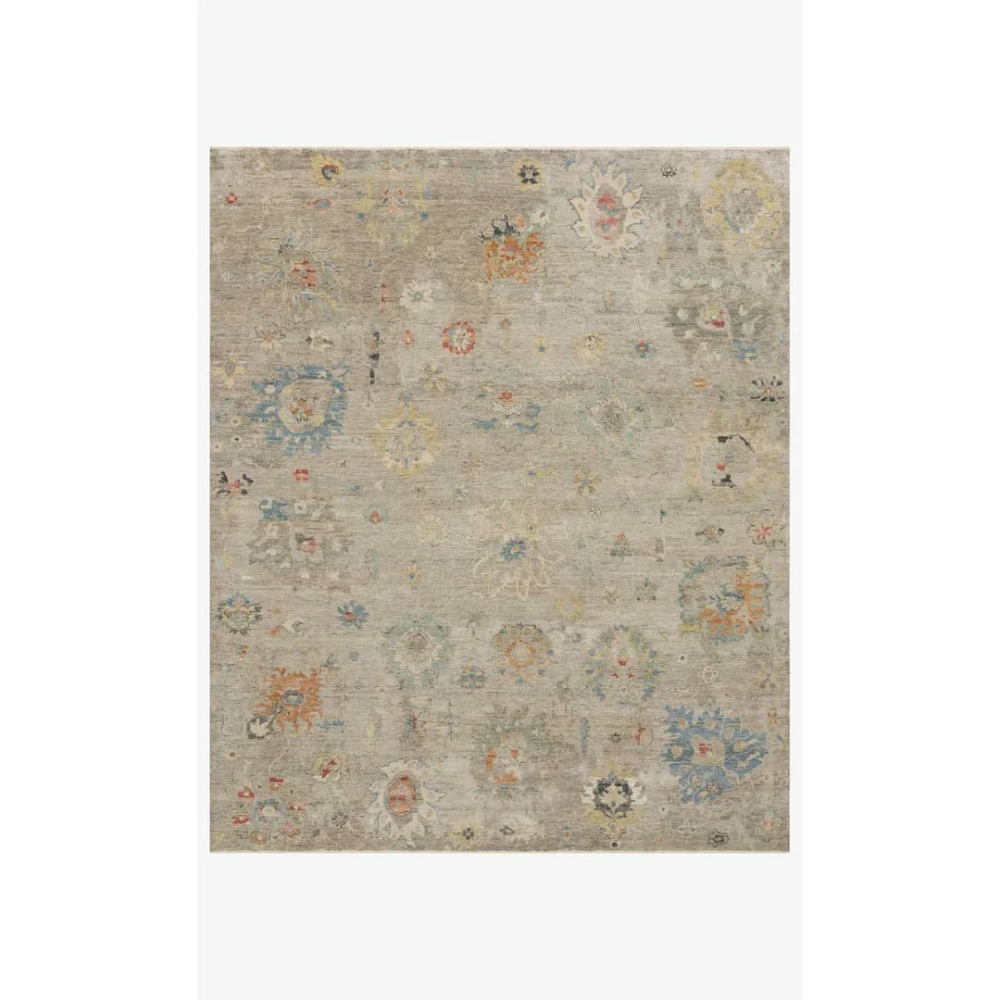


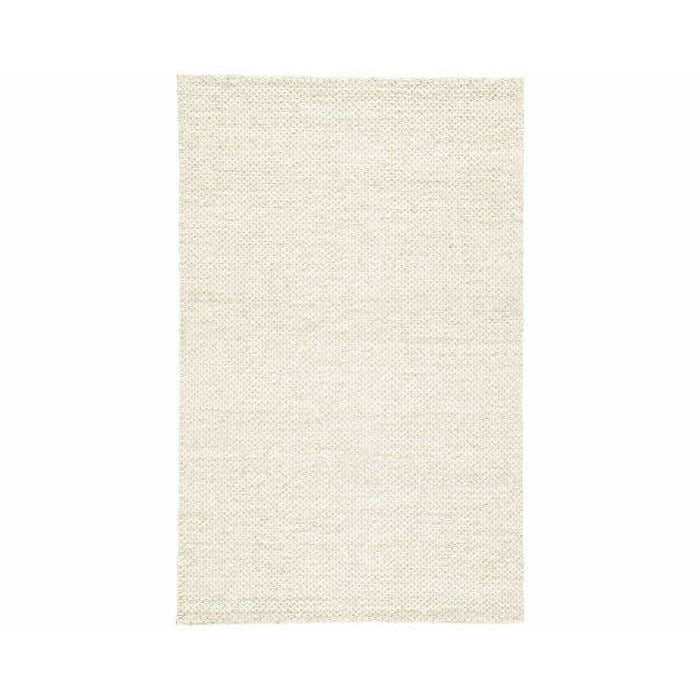
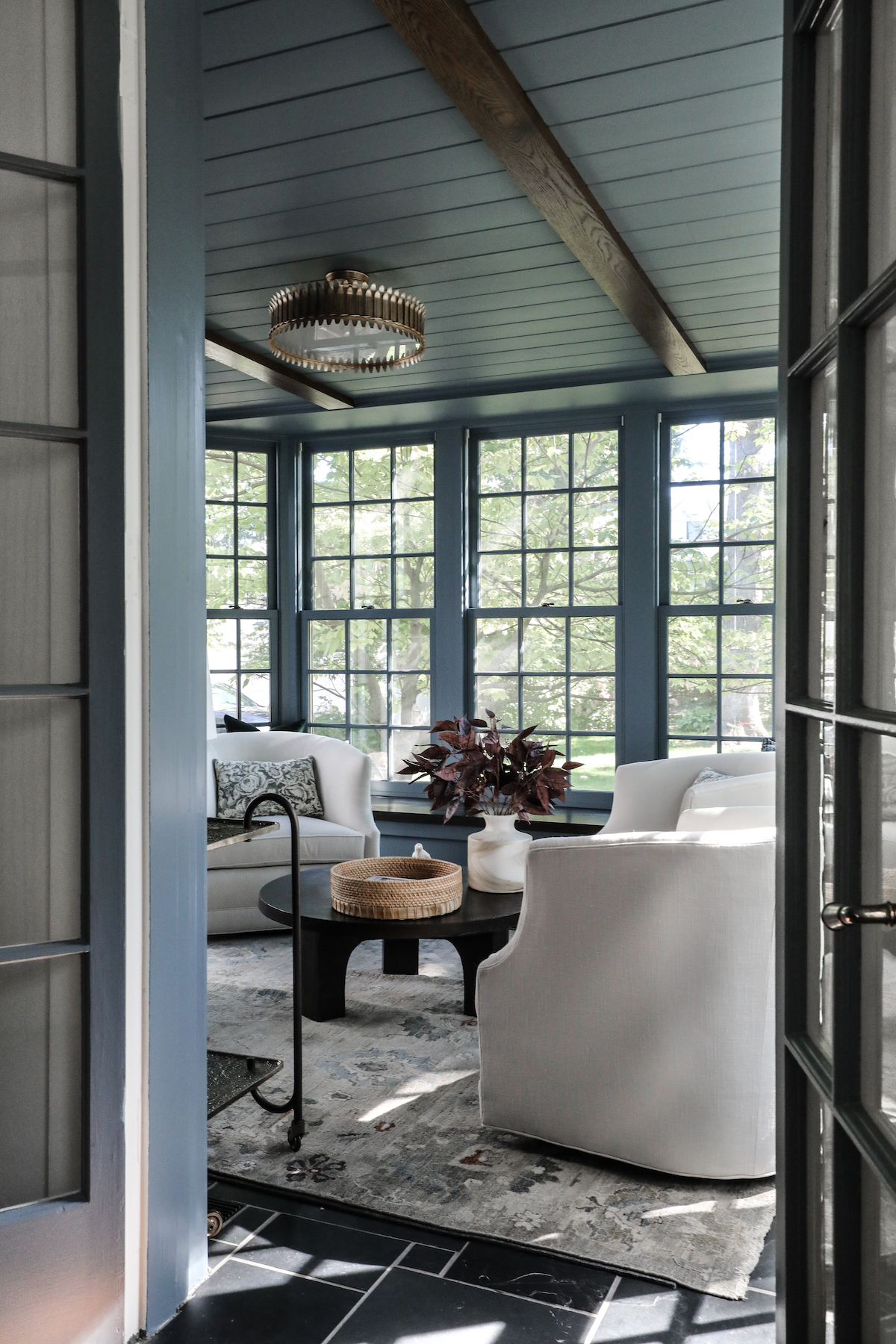
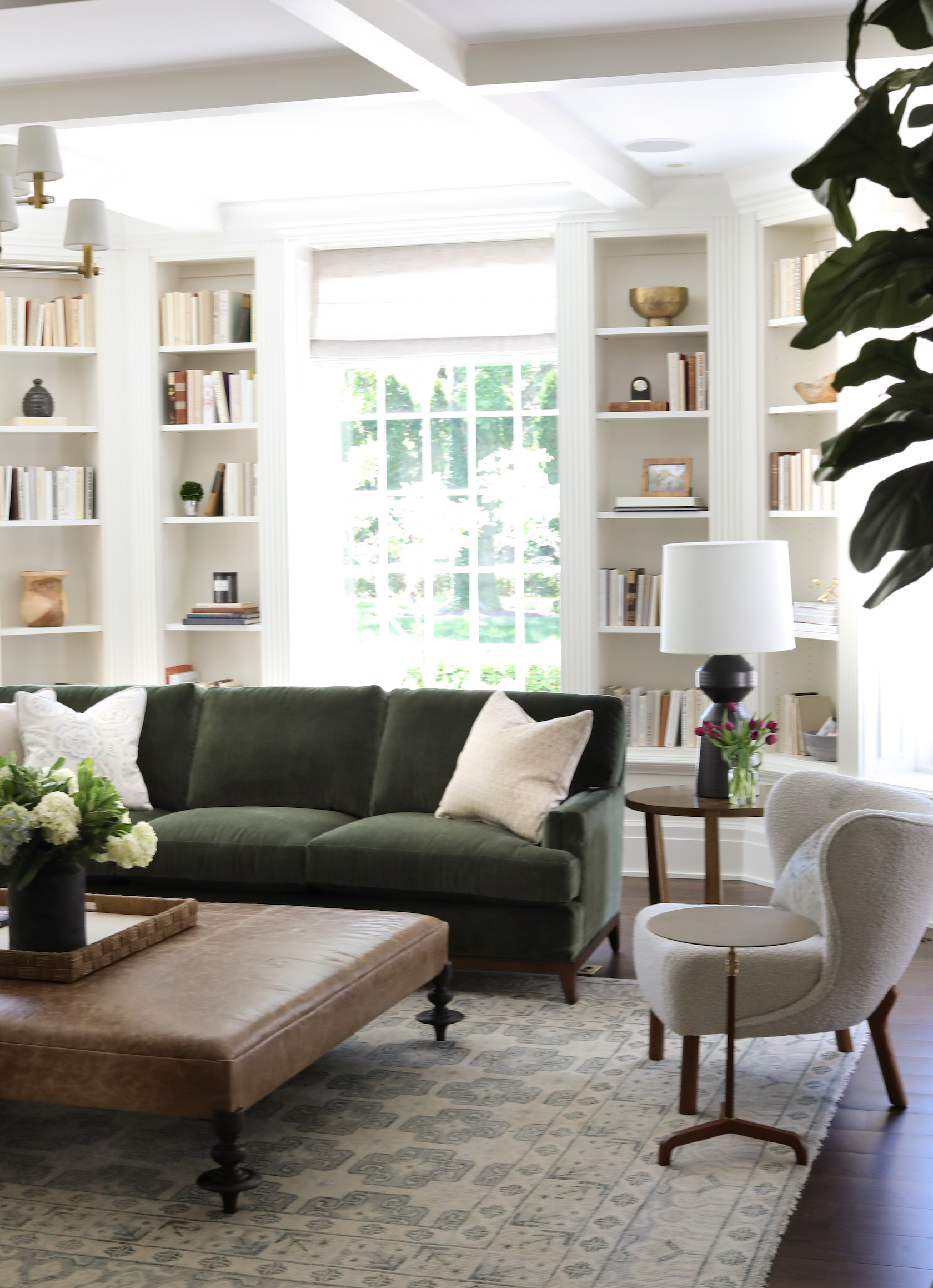
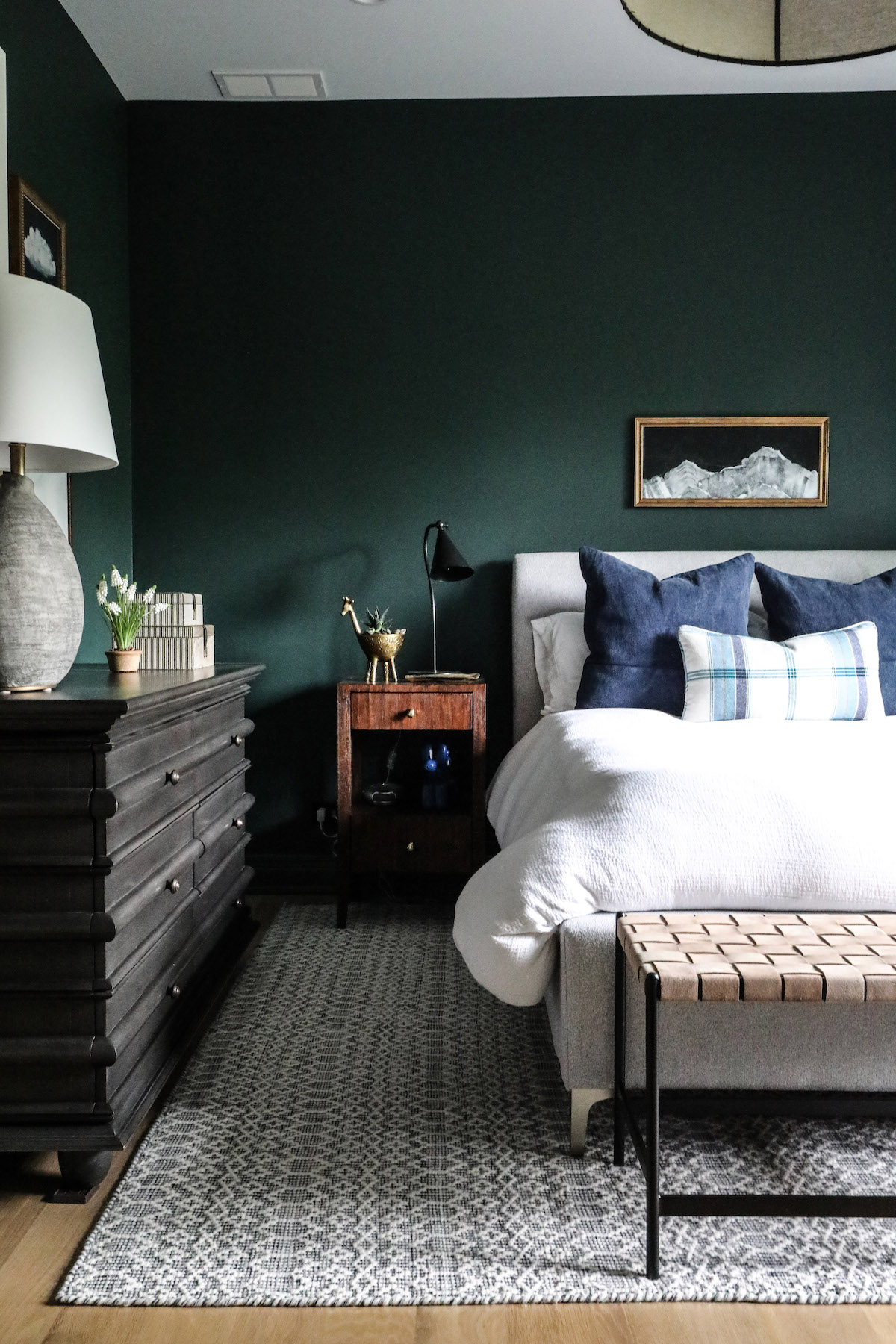
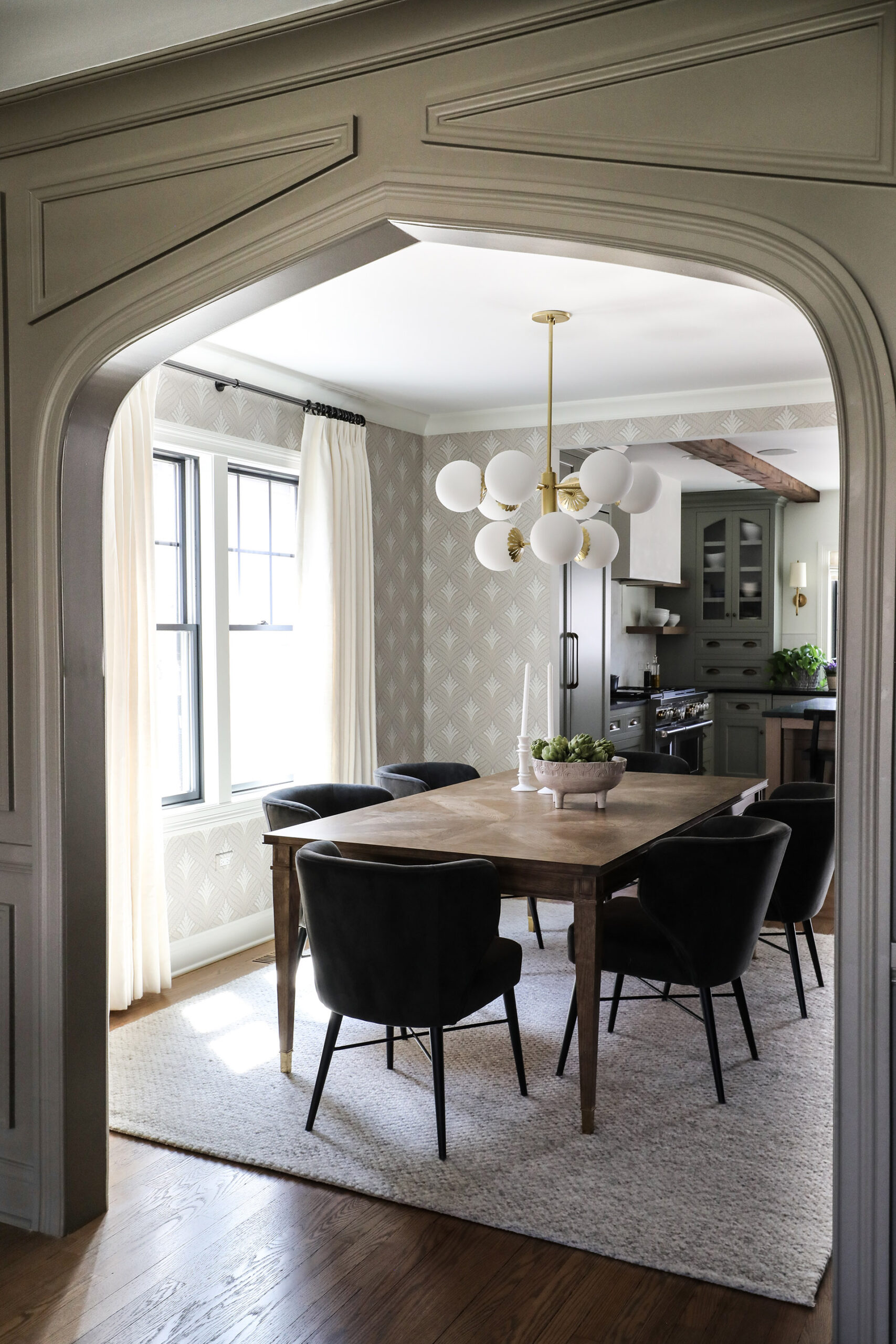
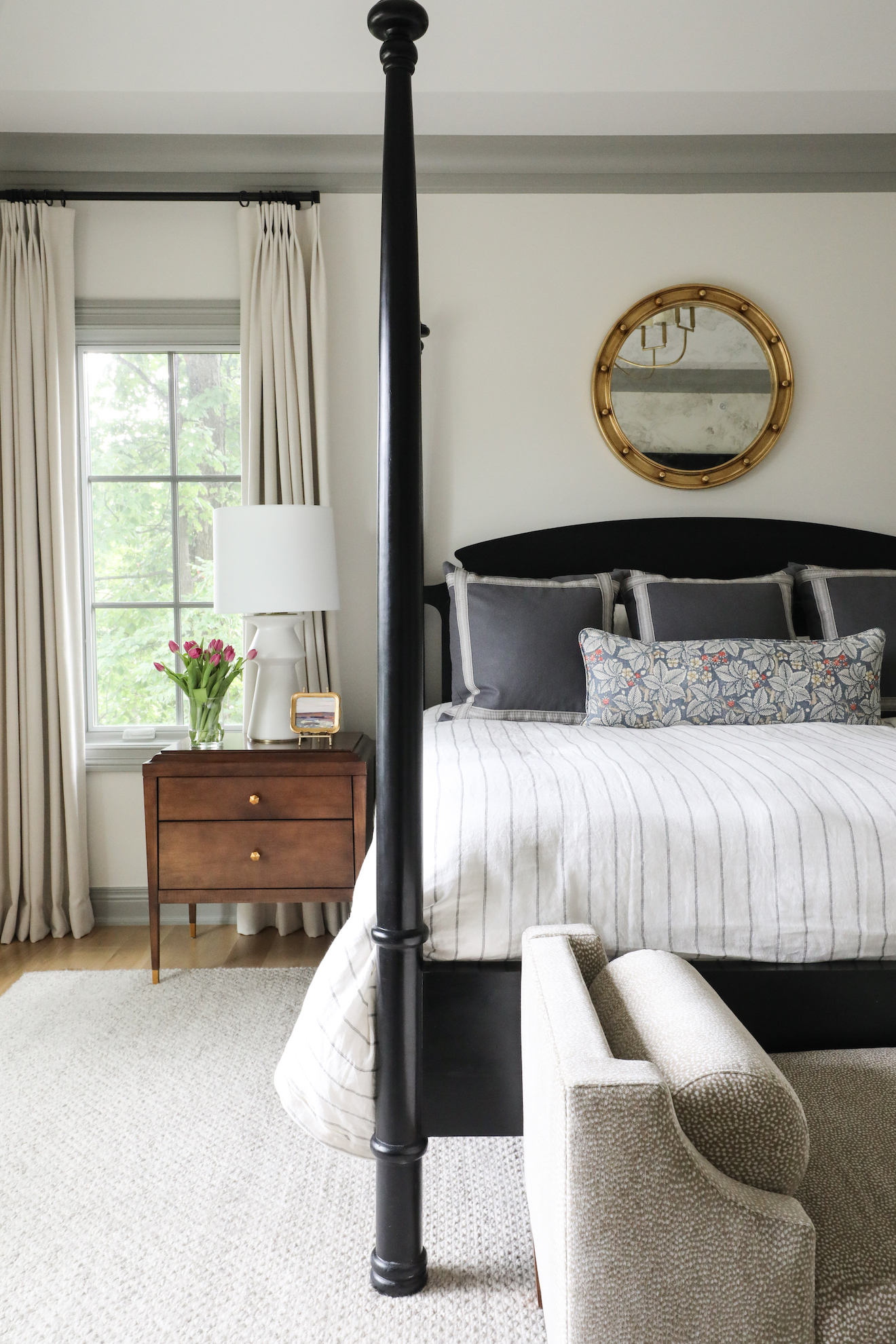
Jute & Sisal
Jute and sisal are similar fibers, though come from different plant sources: jute from the jute plant (also where burlap and twine originate), sisal from the agave plant. Jute has a softer hand-feel than sisal, but is a bit less durable. Both are still excellent choices for heavily trafficked areas.
In particular, we like jute and sisal for layering…this is where you can get the most bang for your buck if you want the look and style of a vintage or antique Persian or Turkish rug, but without spending many thousands of dollars for one that is 9×12 or 10×14. Instead, buy a large jute or sisal rug — long-wearing, neutral-colored — and layer a smaller vintage rug atop it. This technique also means that over time, you can switch out the top rug — or even do a full furnishings overhaul — at a much lesser cost.
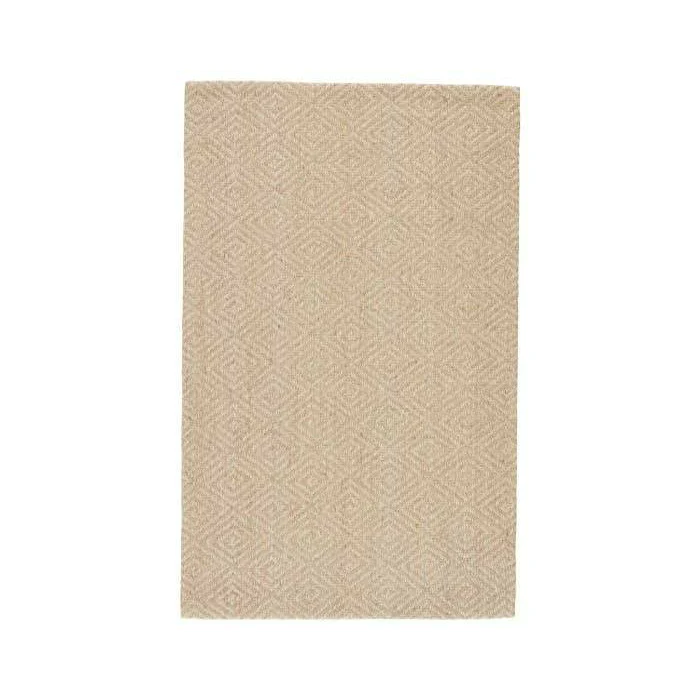
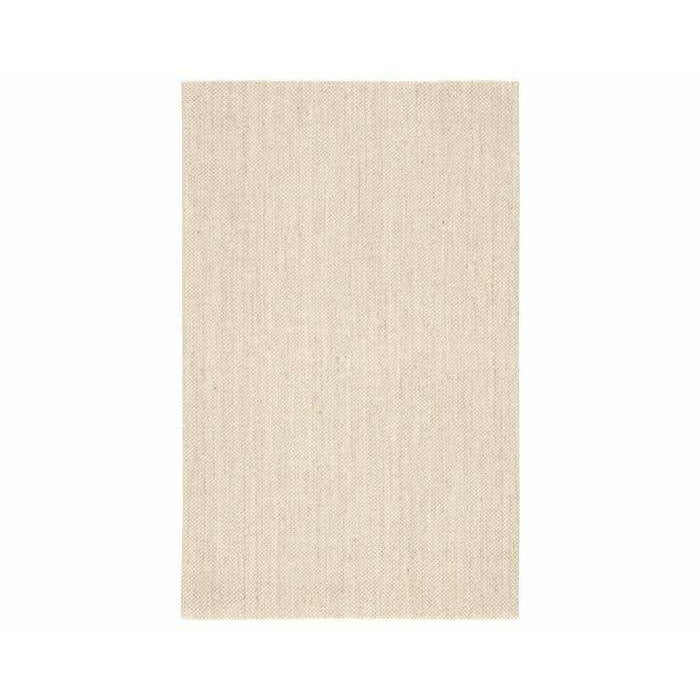
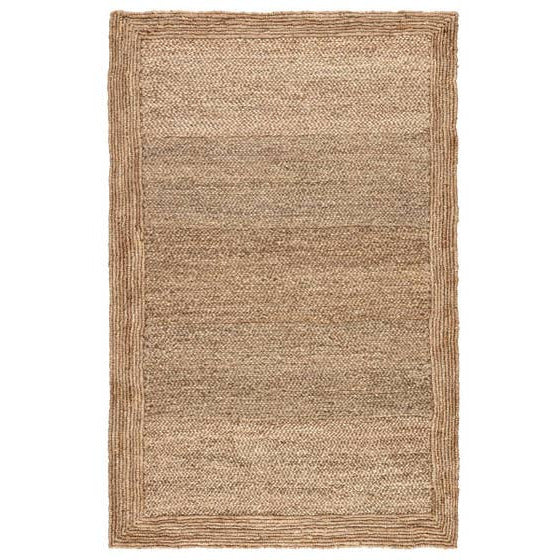
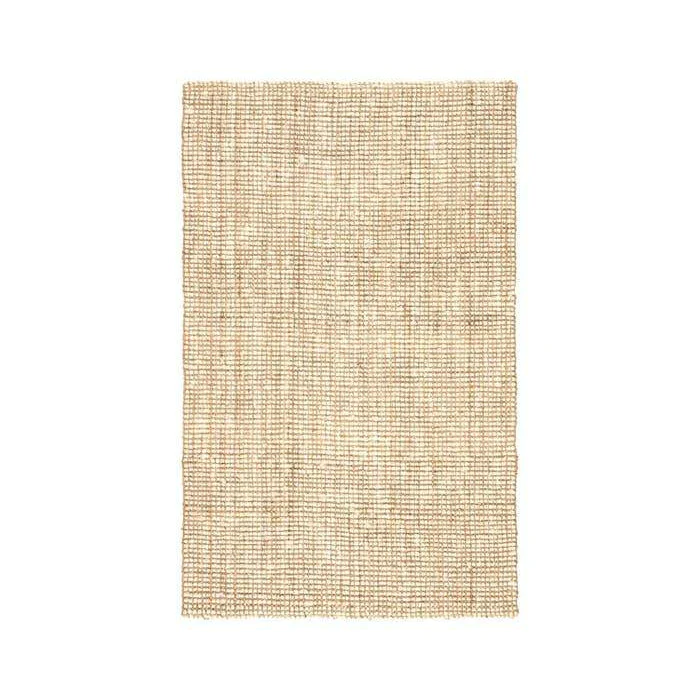

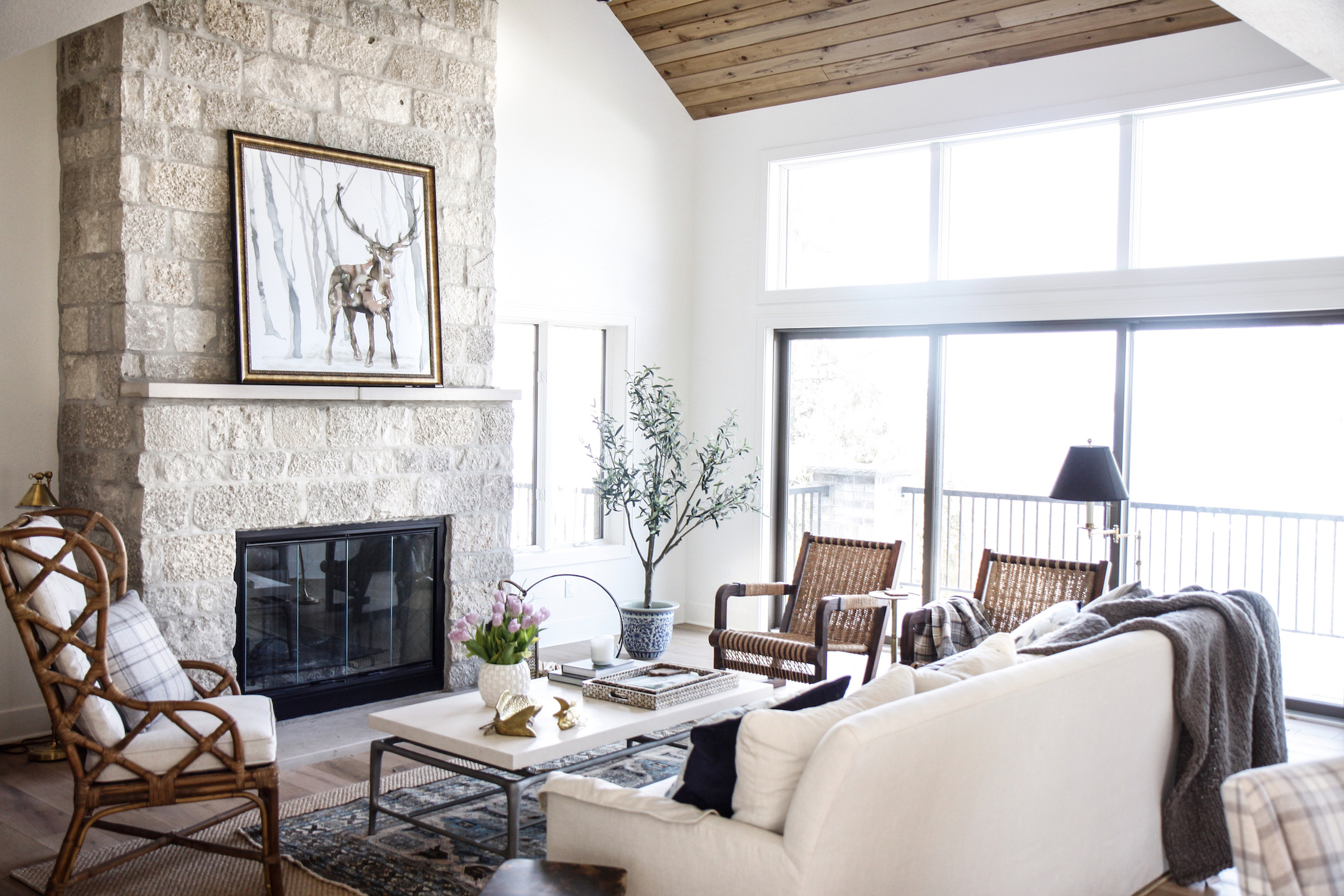
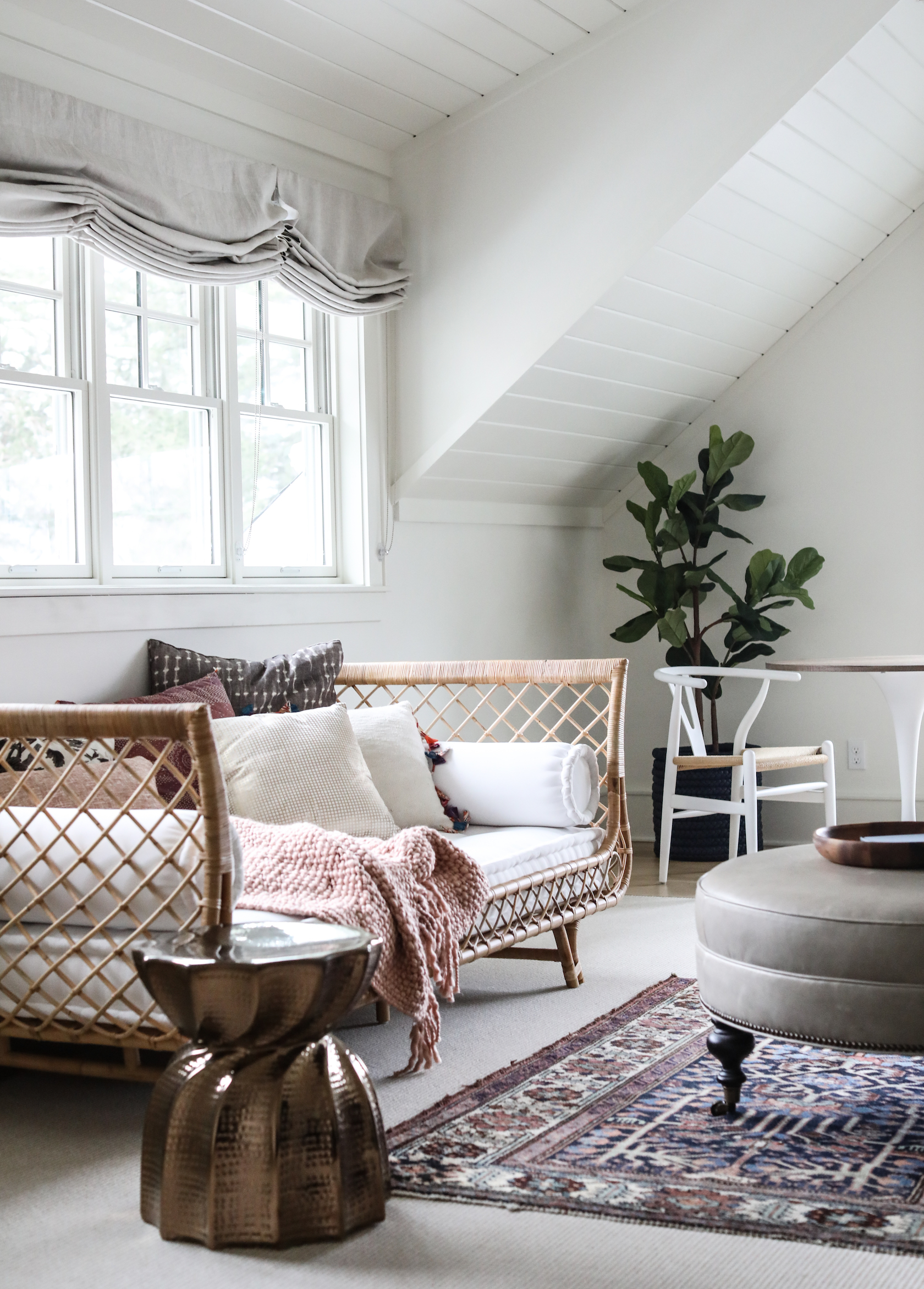

Synthetic
Synthetic rugs can be constructed of acrylic, nylon, polyester, and olefin (aka polypropylene) — all types of synthetic polymers (i.e., plastics). These materials are sometimes used in a blend with wool or cotton to improve the longevity or hand. When cost is a primary factor, synthetic rugs can be a good choice. Construction of these synthetics has improved over time to to mimic the look and feel of wool, though nothing compares to the original.
We like olefin (aka polypropylene) for outdoor rugs. What they lack in softness, they more than make up for in weather-resistance and durability.
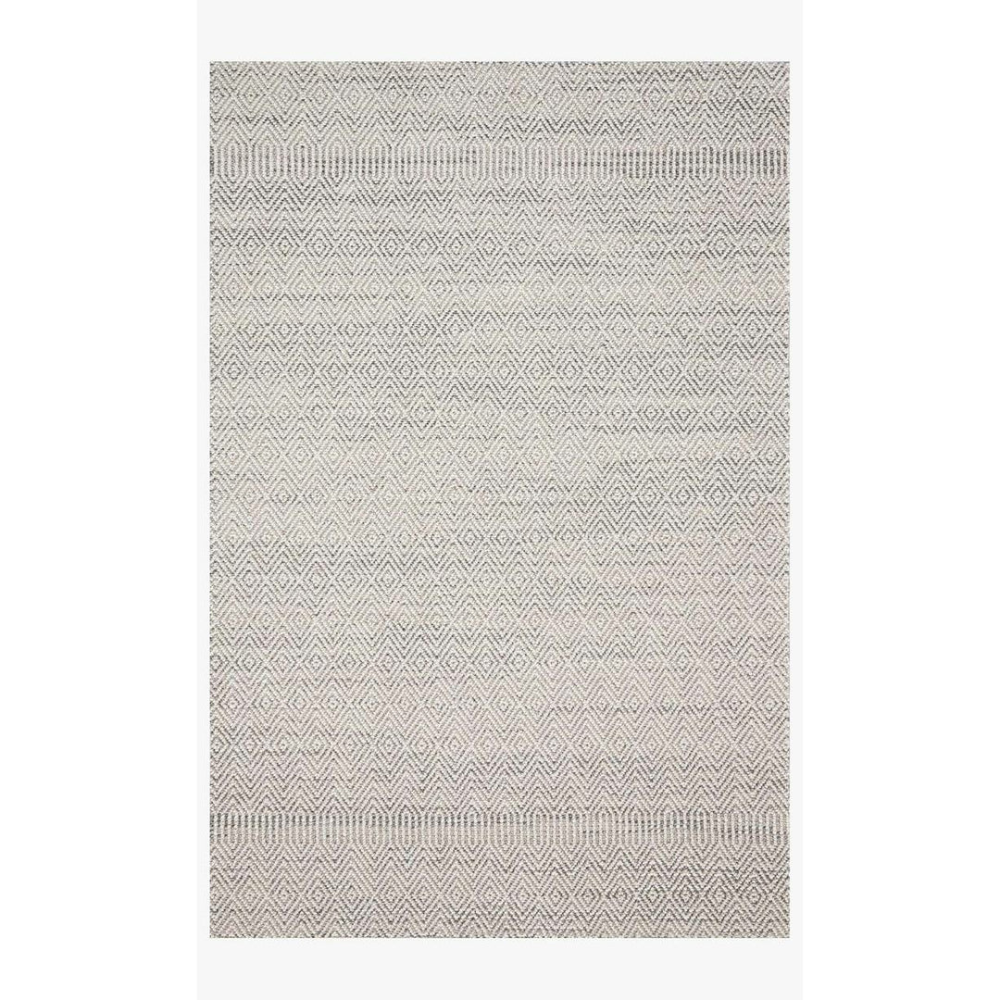
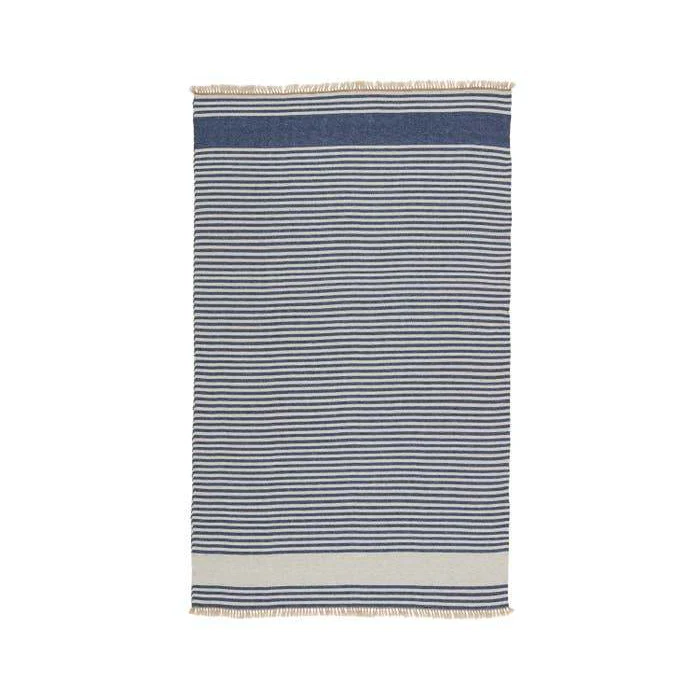
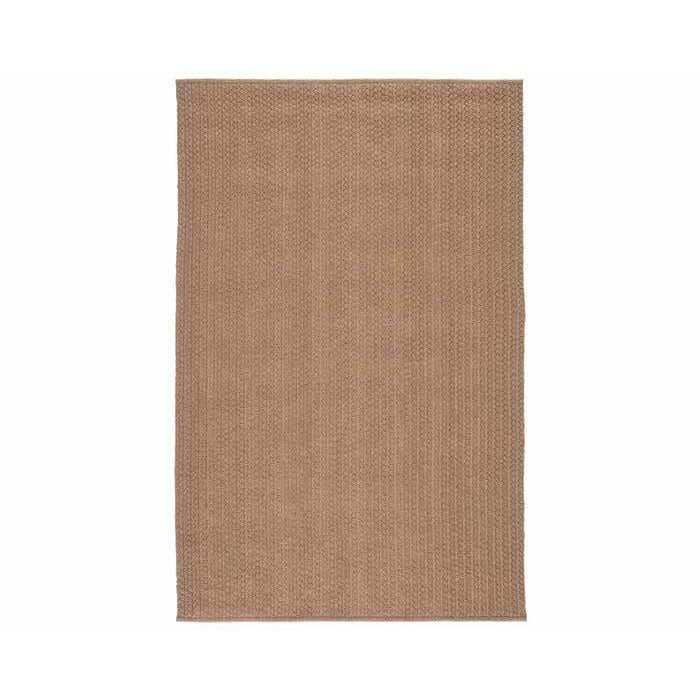
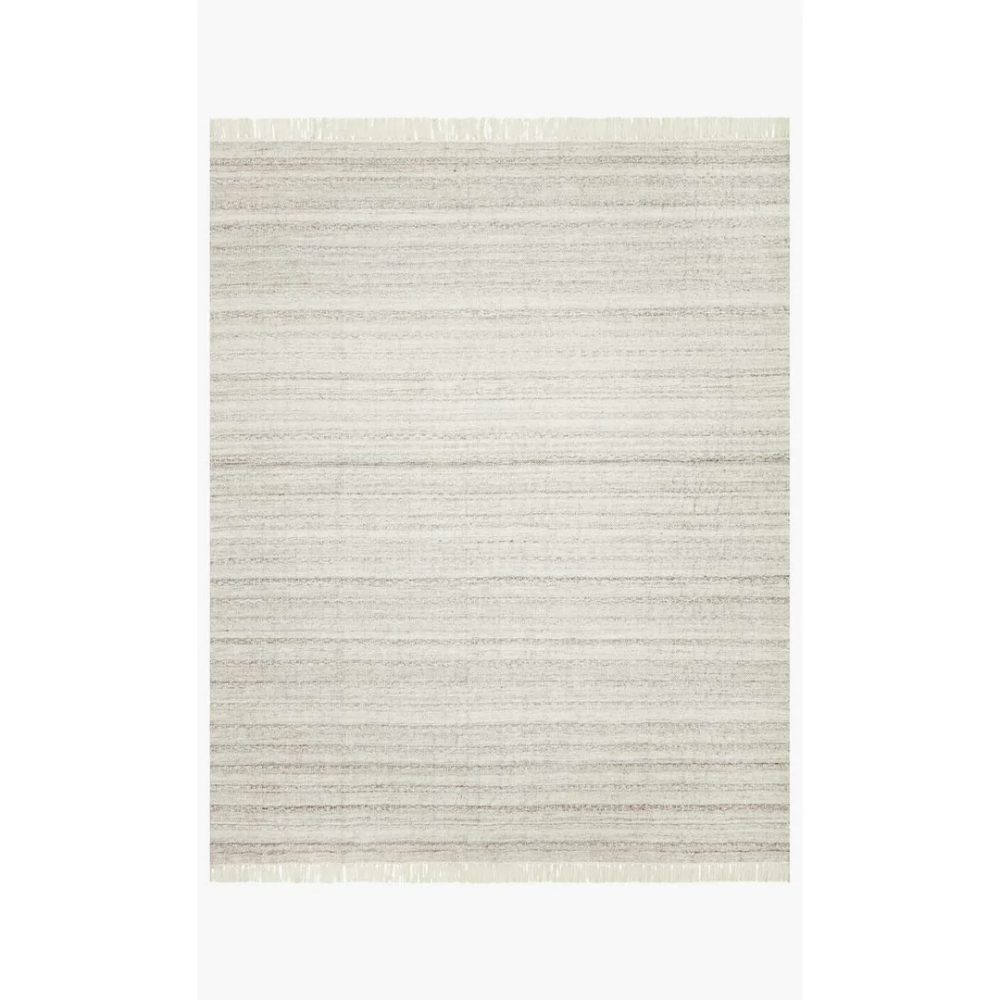
Stay tuned later in the week for tips on how to determine the right rug size for your room!
Inspiration
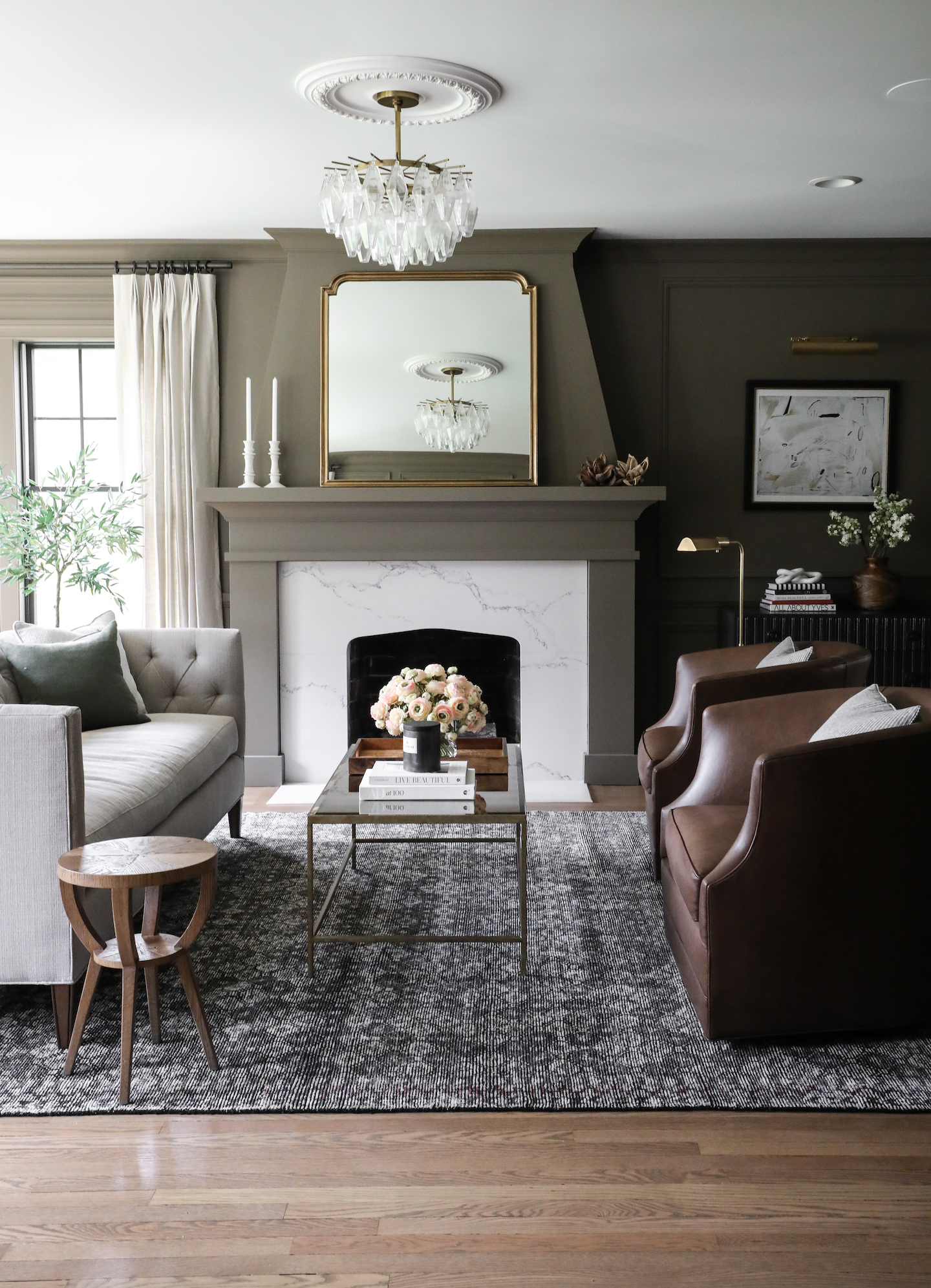

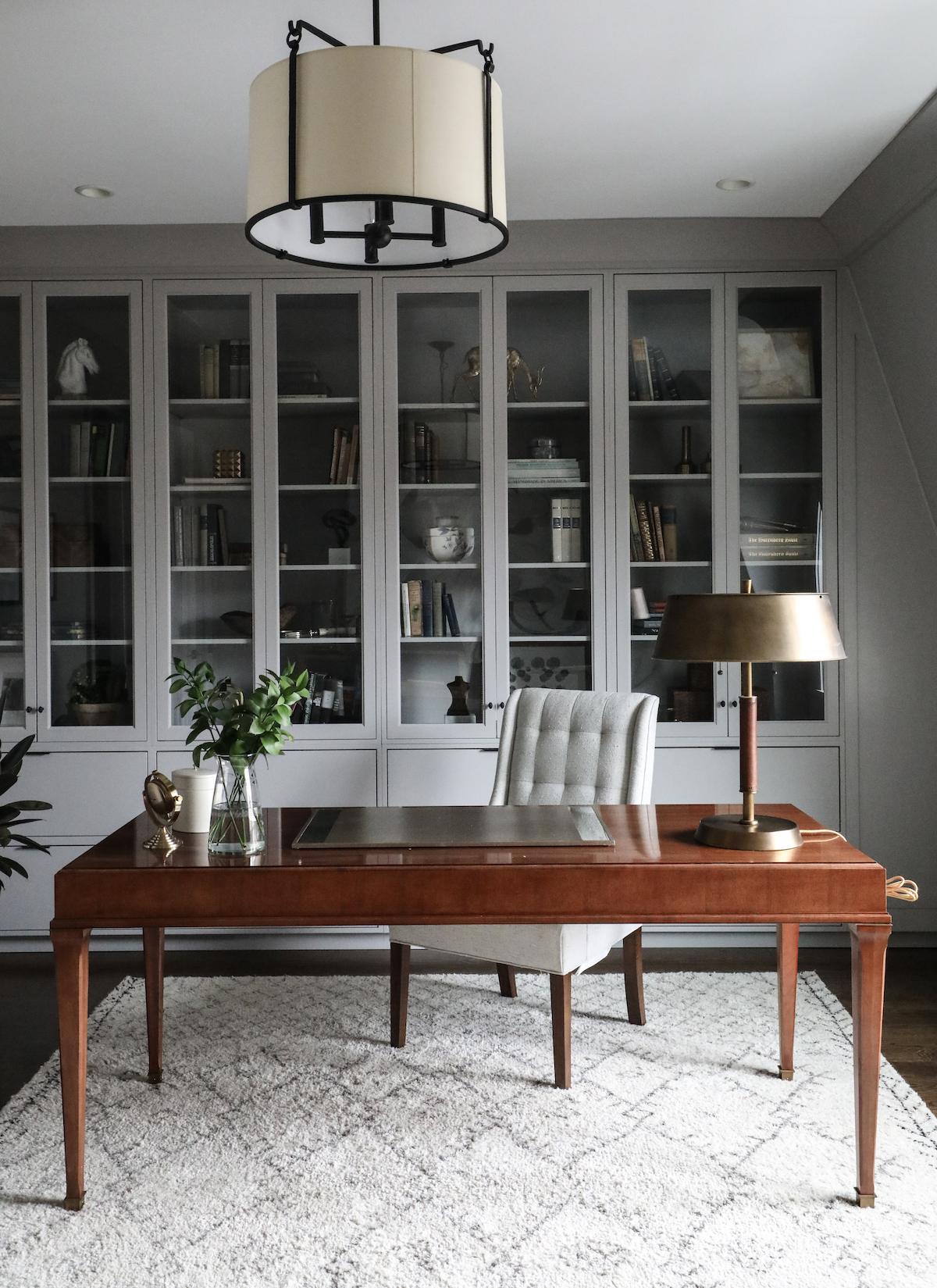
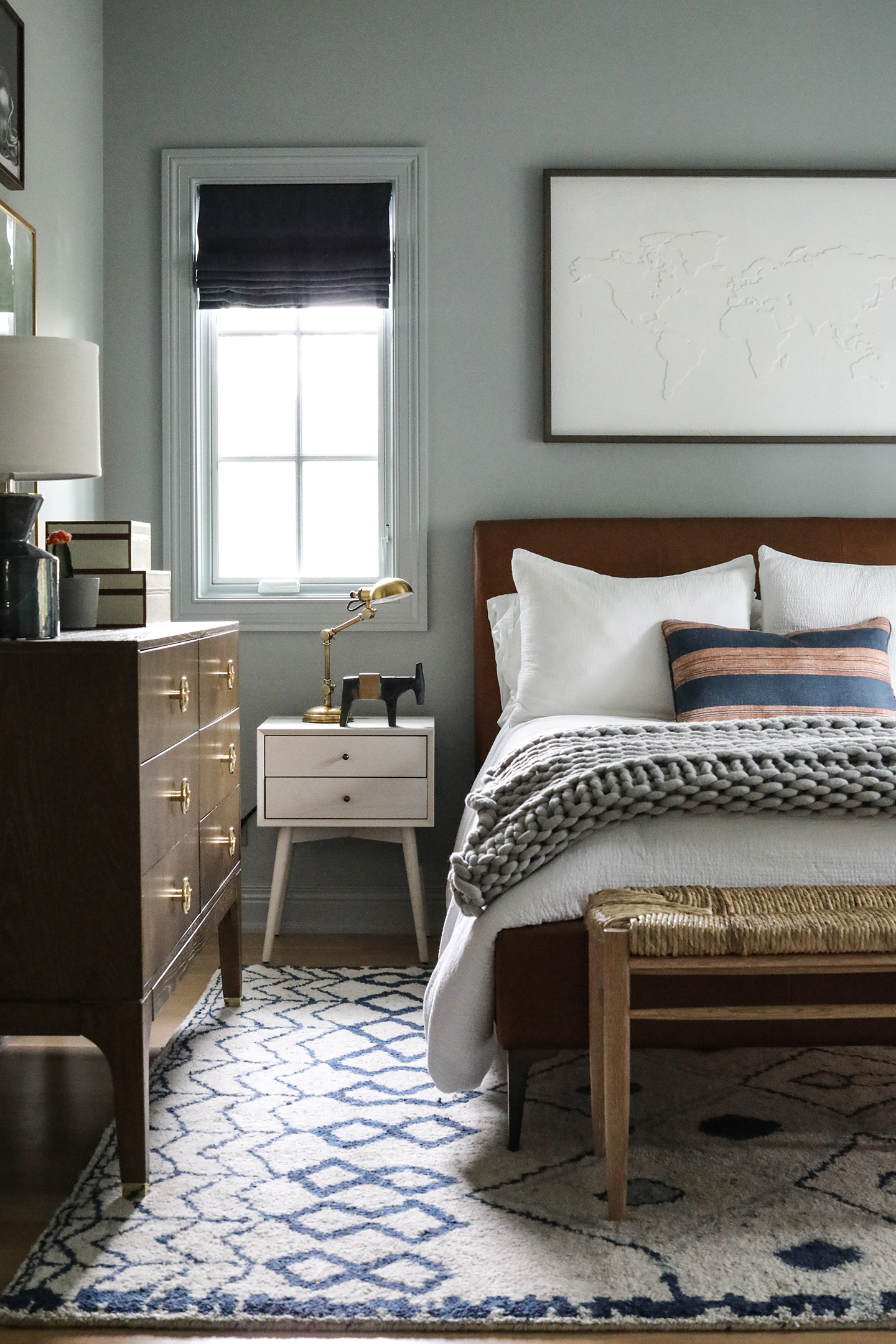
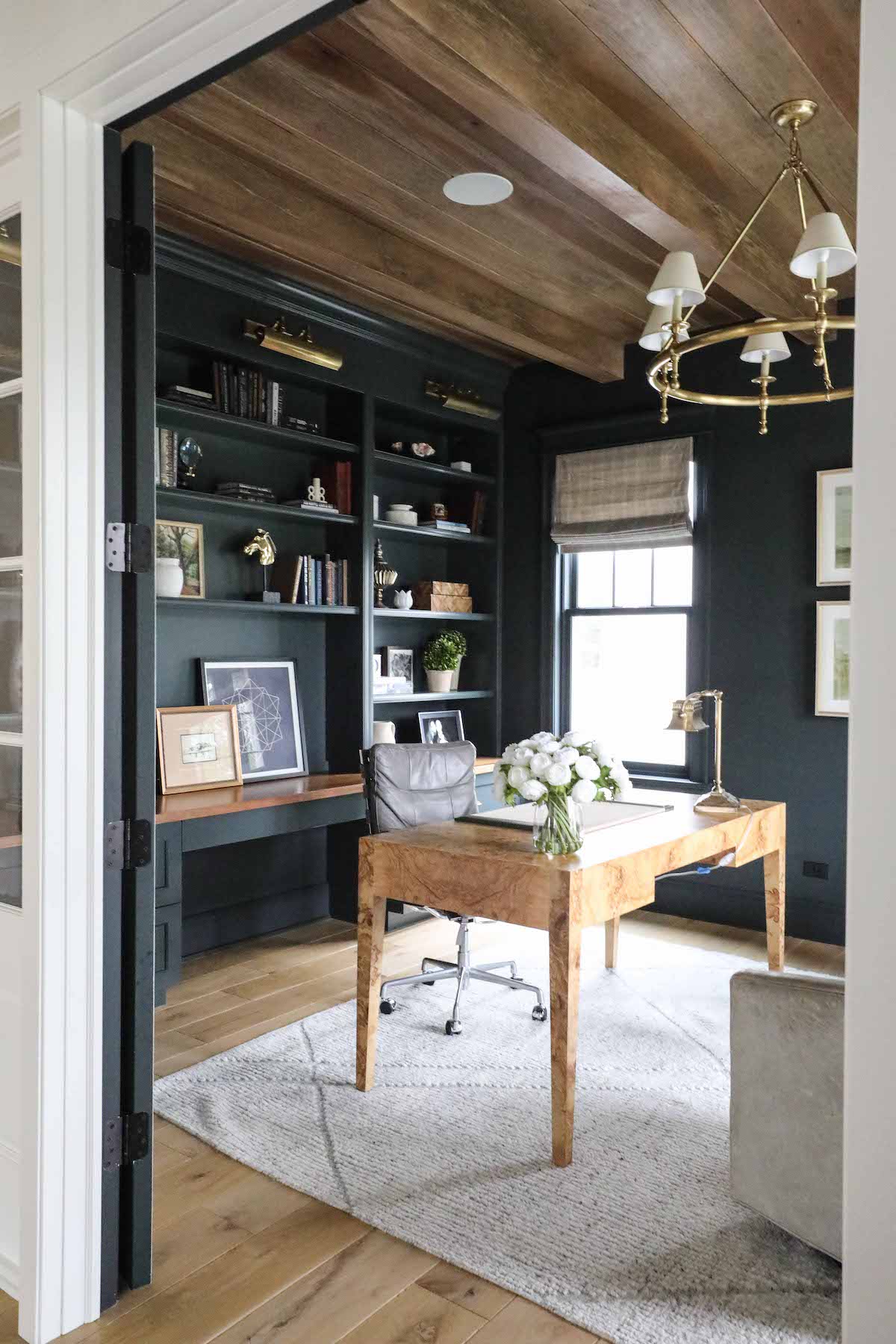
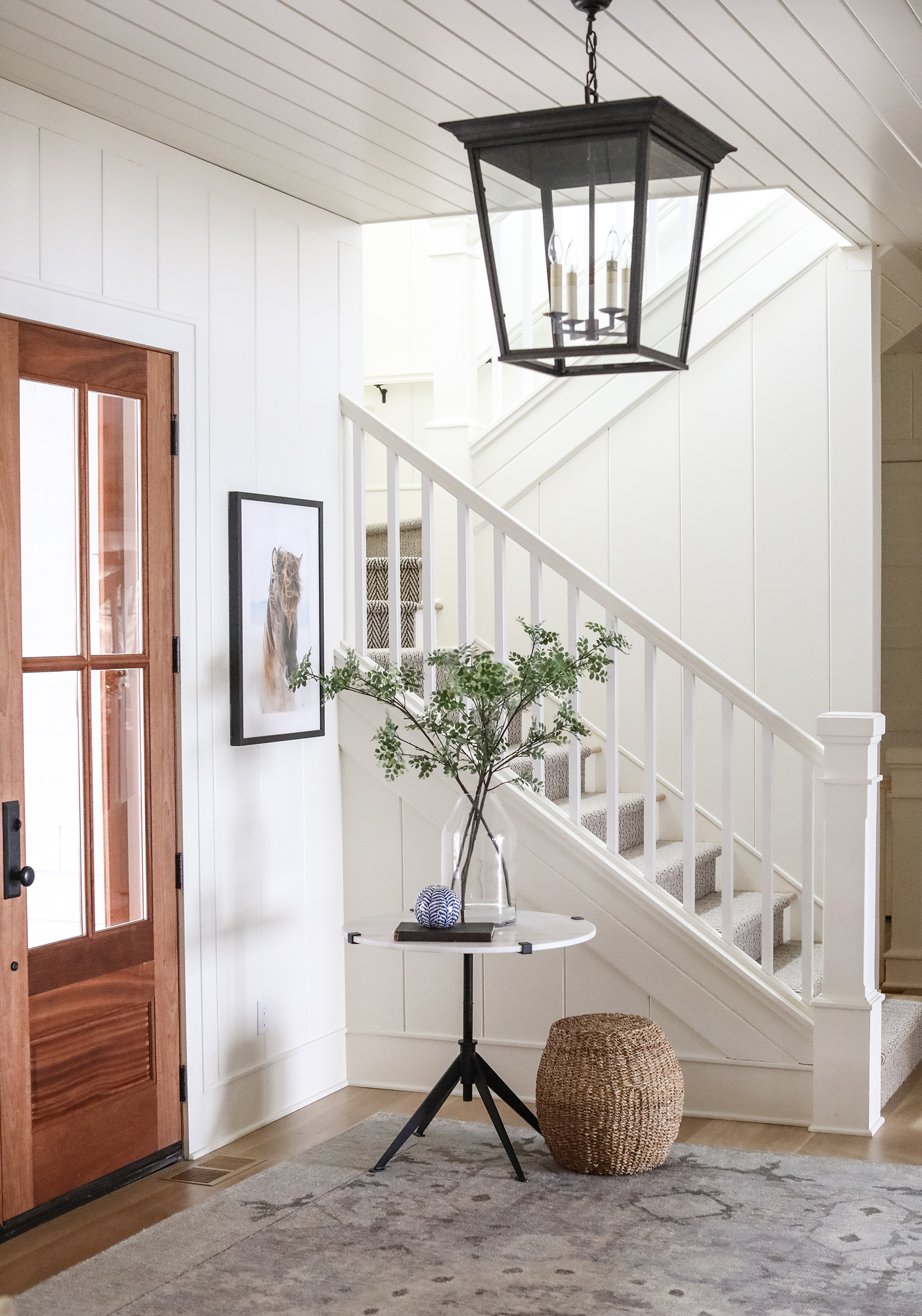
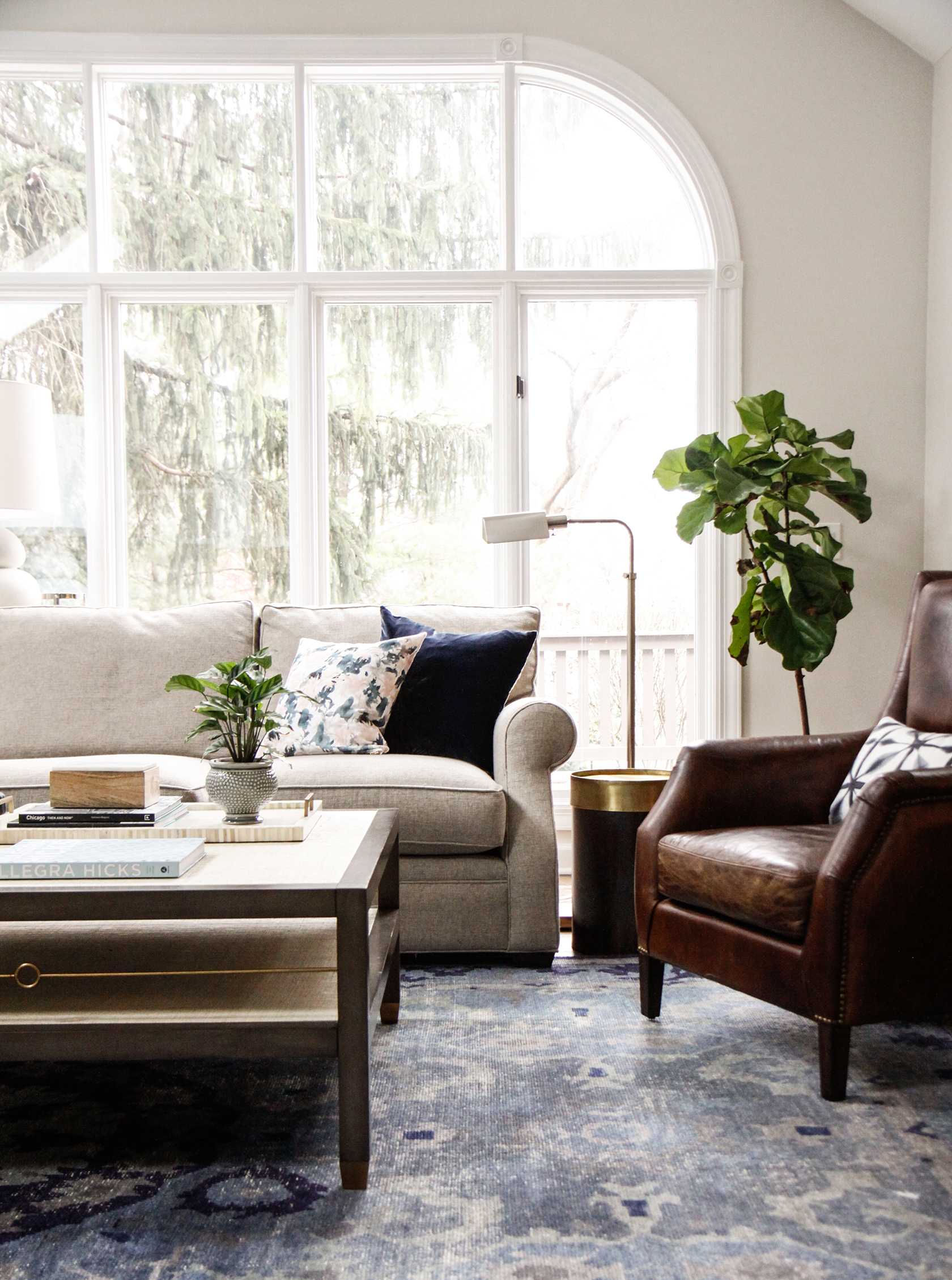
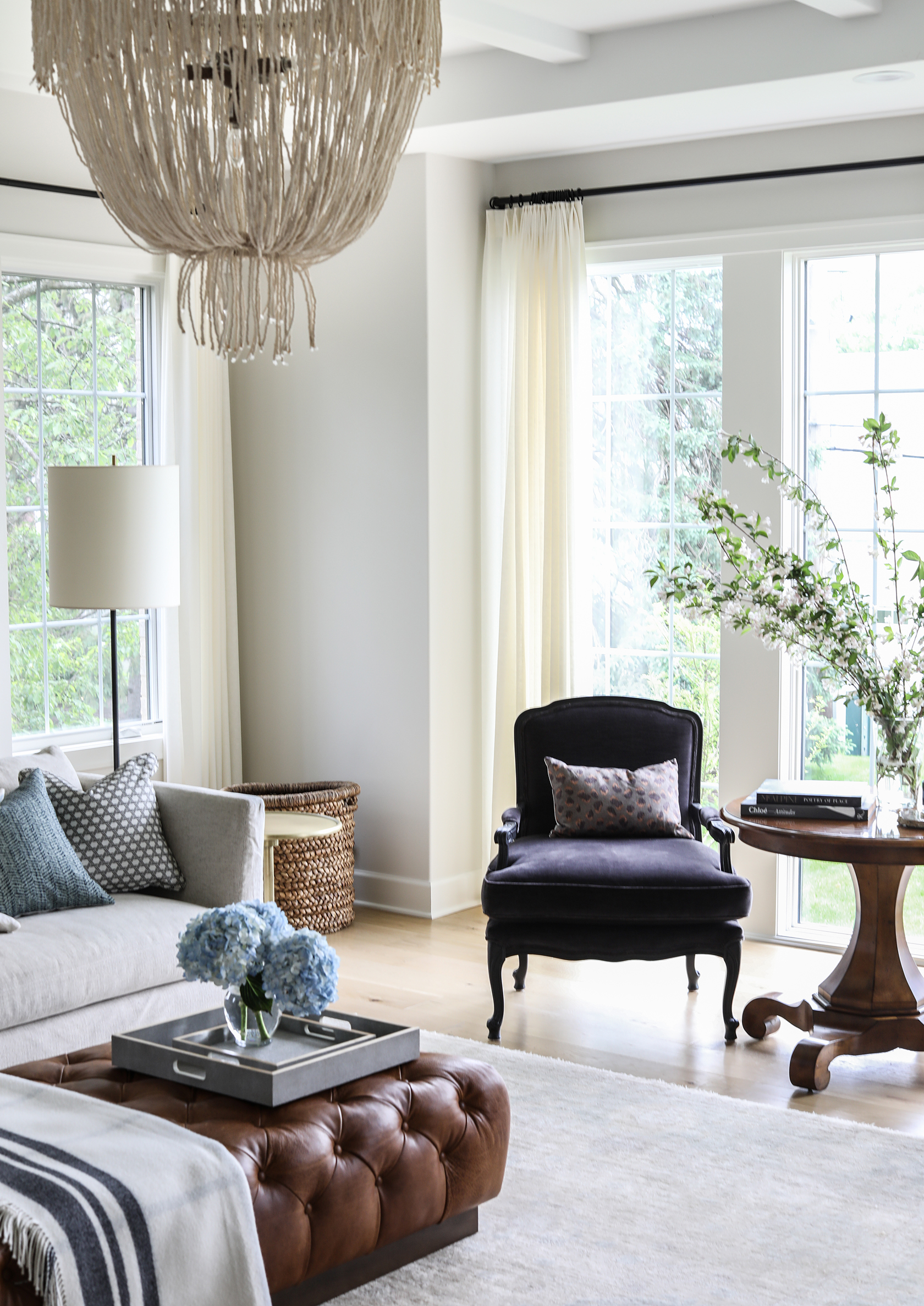


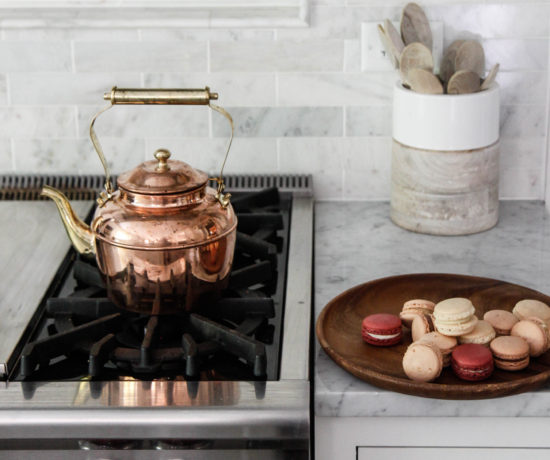


No Comments